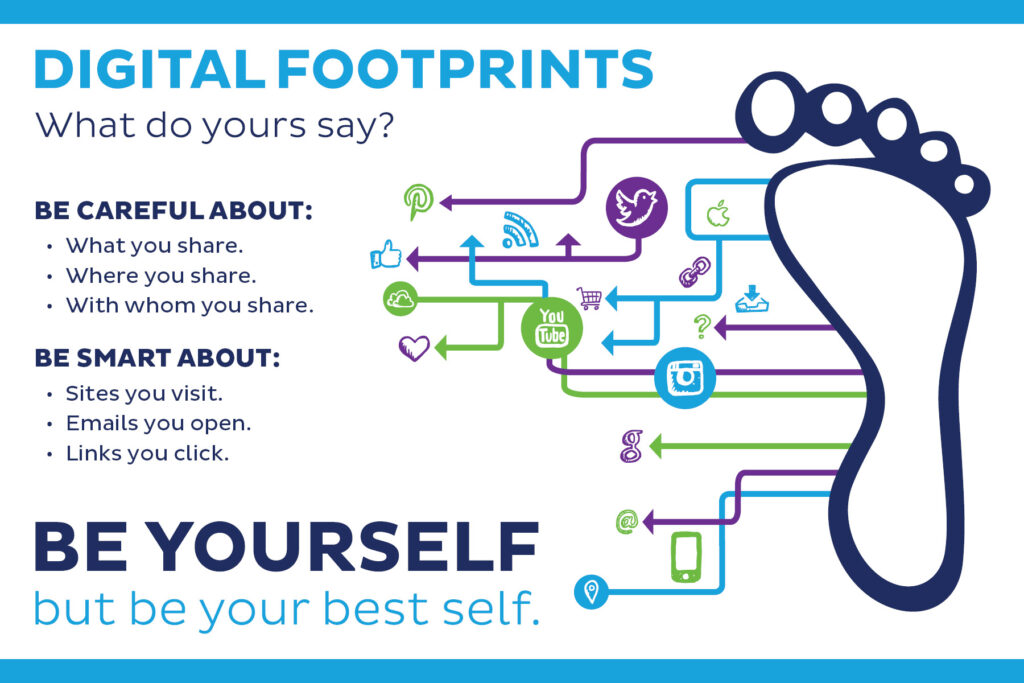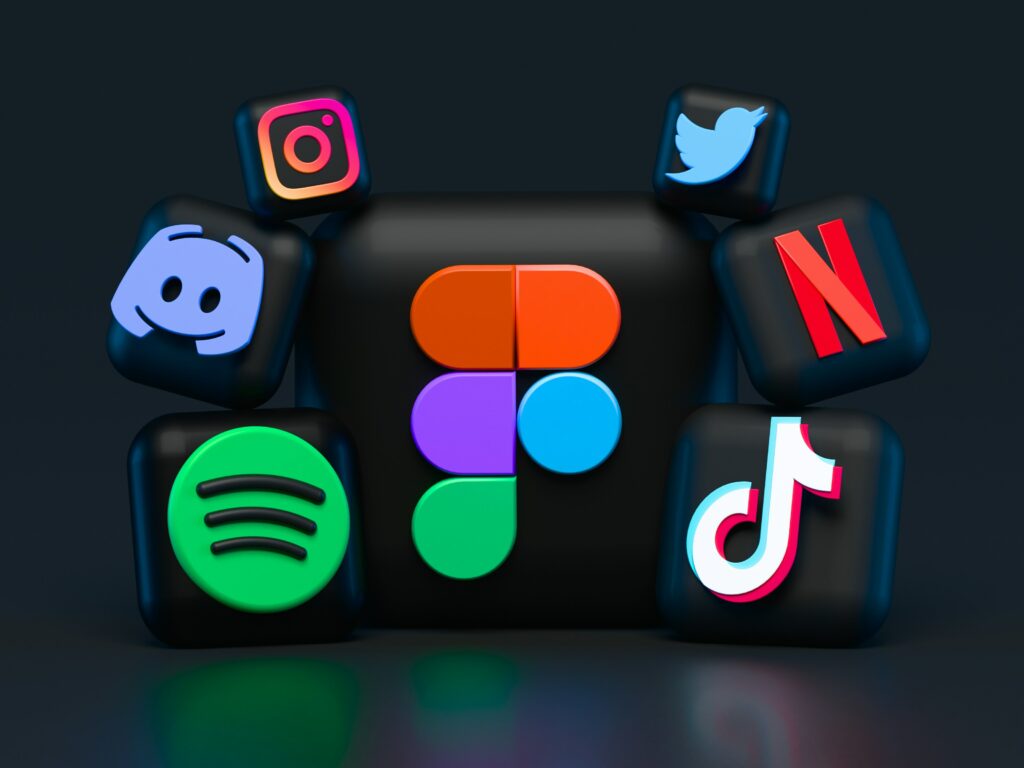In today’s media, it’s becoming harder to separate personal and professional identities online. Social media platforms have multiple functions, making it easy to share personal moments with family and friends while also promoting our careers or professional work. This overlap complicates maintaining clear boundaries because everything posted online, whether personal or professional, is available to a wide audience.

One way to manage this is by having separate accounts for personal and professional use. Even with this separation, there’s always the risk of content crossing over, whether from shared posts or overlapping social networks. Unless accounts are made private, our online presence is mainly public, which means we have to be mindful of what we share and how it may be perceived.

Personally, I find it challenging to keep these areas separate. Although I try to focus on career content on professional platforms like LinkedIn, I’m still careful about what I post on my personal accounts. The idea that “what’s online is forever” sticks with me, which influences how I interact with social media. While I want to protect my online reputation, I also recognize that building a public following requires making my accounts visible. This puts me in a hard position, on one hand, I want to share parts of my life and connect with others, but on the other hand, I worry about how these actions might affect my future opportunities. A public profile makes it easier for anyone to search for me online, and that can feel uncomfortable. However, it does offer opportunities to grow my network and showcase my personal brand, especially in fields where this is important.
On the other hand, I find personalized learning strategies to be empowering, especially in managing my learning disability. The accommodations I receive, like extended time for assignments and access to tools that support my learning, allow me to customize my education to fit my needs. This has helped me perform better in subjects I might otherwise struggle with. The ability to ask for what I need and get support has made me feel more in control of my academic experience. Theories like Constructivism and Self-Directed Learning, which emphasize tailoring education to individual needs, have shaped my approach to learning. When I can advocate for myself and get the help I need, it boosts my confidence and motivation to succeed.

Reflecting on my digital footprint, I realize it plays a big role in how I’m perceived online. Every action I take adds to the data trail that others can see. While I’ve been taught that “what’s online stays online,” it’s hard to ignore the fact that everyone has a digital footprint, whether we intend to build it or not. I’ve always been careful about what I share because I know it can be permanent, but at the same time, I see that building a professional presence or gaining followers often requires a public profile.
I also understand the importance of privacy and the risks involved in digital surveillance. It’s easy to forget that everything we do online leaves a trace, but I try to be proactive about protecting my privacy. This includes being careful with my personal information, adjusting privacy settings, and using strong passwords. Finding a balance between privacy and engaging with a wider audience is key. While it can feel uncomfortable knowing how visible my online presence is, I also know that full privacy isn’t realistic in today’s digital world.
Click here to watch a video about how to reduce your digital footprint!
Recent Comments